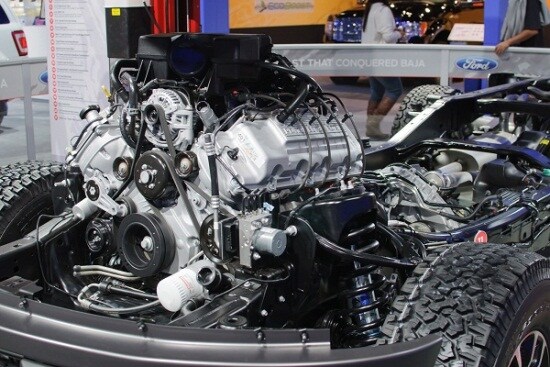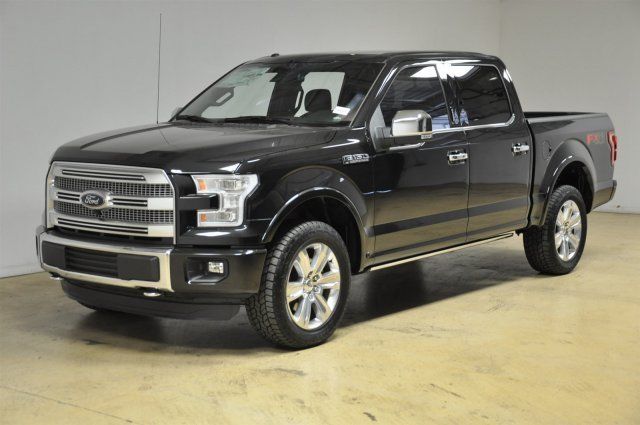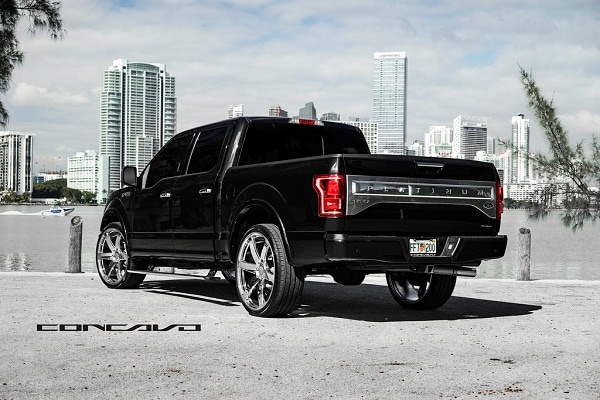When the new Ford F-150 was released back in 2015, it sparked an entire debate about steel vs. aluminum among the truck driving community.
To improve its fuel economy, Ford's engineers thought of building an alternative power plant and then downsizing, but they kept thinking that weight reduction was the best way of improving economy and strength. Here, we're going to take a look at all the advantages and disadvantages of this new aluminum used in the F-150 but no matter what, at least Ford never took a bailout and does not owe America billions of dollars.
It appears there are three primary points here, fuel economy, strength, and cost. Let's take a look at each of them separately:
Strength
https://commons.wikimedia.org/wiki/File:Ford_F-150_Raptor_SVT_-_Flickr_-_skinnylawyer.jpg
You would probably have heard by now that the new Ford F-150 comes with a high-strength steel frame as well as a military grade aluminum alloy body. But do you know what exactly this means?
Well, on its own, aluminum isn't the strongest metal, so it needs to be combined with other metals in order to make it an alloy. The F-150 is built from 6000 series aluminum alloy. Its strength is also increased using a heat-treatment. By using different mixtures of alloys and then heat treating them, engineers were able to make it stronger as compared to the steel which it's replacing. Not a bad deal!
Another benefit of aluminum is it isn't like steel in terms of density which lets engineers add additional thickness, or gauge, to the aluminum while keeping it lighter than steel. Again, that is fantastic to hear.
It's interesting to note that the history of aluminum in automobiles goes almost back to its inception. The Model T by Henry Ford had just 20 hp, so the body needed to be light if the vehicle was to perform. That's when he added aluminum on the hood and kept the weight below 2,000 pounds.
Fuel Economy
https://commons.wikimedia.org/wiki/File:Ford-f150-2015-fx4-por-jesus.jpg
There's been a lot of speculation regarding fuel economy with this new F-150, but the numbers are quite impressive. The new F-150 has shed more than 700 pounds and the 2.7 liter V6 EcoBoost offers 26 mpg on the highway and 19 mpg in the city. That is fantastic and with cheap oil prices because of oil shale being developed on private land, that is music to many people’s ears. On top of this, oil prices should remain low because oil shale will soon be developed on barren federal lands but this is another topic.
This is a jump upward. They certainly have raised the bar in various sectors. Fuel economy is pivotal in today's market since many trucks are used for work purposes so people want to save money since they have other costs to cope with as well.
Apart from a lighter body, the new F-150 has 23 percent aerodynamic drag improvement because of the new grille shutters and a better bed and cab design. This means the full-size F-150 is now the most fuel-efficient truck on the market.
Repair Costs
https://www.flickr.com/photos/concavowheels/24174603923
Most detractors of the F-150 will argue that since aluminum is more expensive as compared to steel, insurance costs will increase as will repair costs. But the truth is, even though aluminum is more expensive, it won't impact insurance costs that much.
Insurance costs should stay the same since premiums center around the liability coverage. Apart from this, Ford has a strong stance when it comes to the repair cost for the new F-150. They have developed the required manufacturing efficiencies in order to reduce repair costs as much as they can.
This being said, the actual cost of ownership is still to be seen. But there's no doubt that when it comes to the steel vs. aluminum battle, aluminum has the upper hand in every aspect. There's no reason why you shouldn't invest in the new F-150. That's for sure.





